What are the pre-existing signs of AIDS? Is it easy to get infected during the window period?
What are the pre-existing signs of AIDS? Is it easy to get infected during the window period?
This period of time, up to six months after contracting HIV, is often referred to as the early, pre-acute or acute phase of HIV. However, the period of earliest symptoms thatUsually in the 2 to 4 week timeframe after HIV infection, there are also earlier or later onset of symptoms.
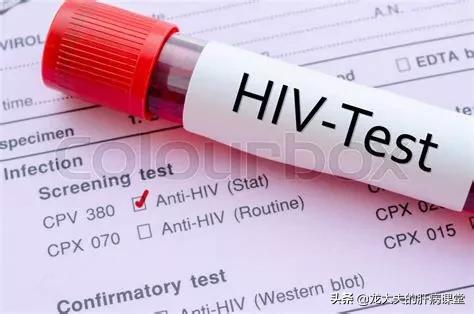
AIDS is not diagnosed by these manifestations, but after the window period, after theHIV p24 antigen, antibody, nucleic acid (HIVRNA) testto confirm the diagnosis. There has not yet been any person with AIDS for whom all of these tests have been negative.
There are some rare patients with primary immunodeficiencies where the appearance of antibodies may be delayed, but can still be detected by testing for HIV nucleic acid.
So what kind of symptoms should you be alert to in the pre-AIDS period? If unprotected sex with an HIV-infected person occurs, or if there is direct contact and communication between blood and wounds, in which case theWithin 2 to 4 weeks, or shortly before or after, the following symptoms need to be examined further.
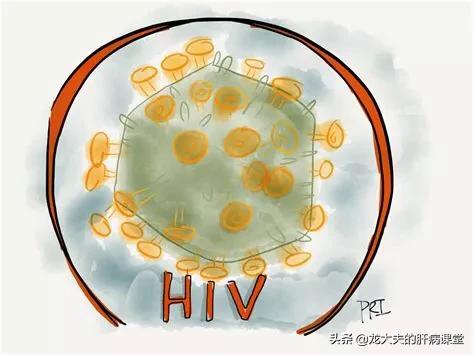
1. Fever
Fever is a central symptom of early AIDS.
This fever is defined as a substantial increase in body temperature, not as a fever that is considered to be a fever just because you feel it on your face or in a localized area, or if you feel that you have a fever, in order to exclude the influence of psychological factors.
It is best to take the temperature after half an hour of rest and relaxation.
Fever in HIV-infected people is irregular and not regular. Usually it may be in the middle of the day, in the afternoon or in the evening and the temperature is a little higher. Generally, the highest temperature is above 38.5 degrees. Very few HIV-infected people only have a fever below 38 degrees.
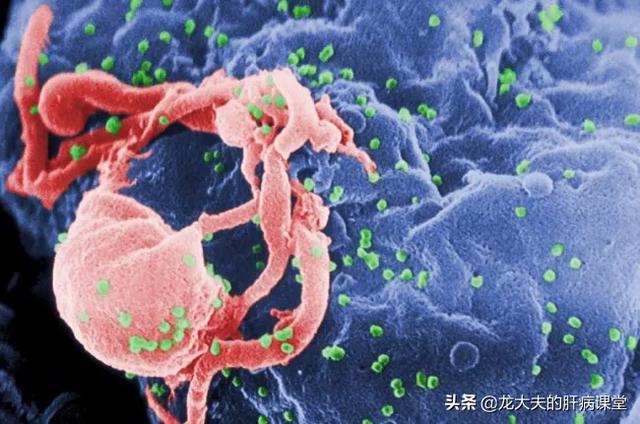
2. Symptoms associated with fever
These symptoms appear after, or in conjunction with, fever and include widespread macules and papules all over the body, with or without itching, and these rashes gradually disappear when the fever subsides.
Other symptoms, including dizziness, headache, Guan Li pain, muscle aches and pains, fatigue, loss of appetite, diarrhea, etc., are some of theNon-specific symptoms, which occurs early in many colds and flu, or other viral infections.No differential diagnostic value。
3. Enlarged lymph nodes
Enlarged lymph nodes in HIV infection are caused by a viral infection that stimulates the proliferation of lymphocytes in the body. Therefore, the enlarged lymph nodes it presents is not a single enlarged lymph node in the neck or some other part of the body, but is generalized and widespread.
Enlargement of lymph nodes in at least two or more locations other than the inguinal lymph nodes.
This type of lymph node enlargement is usually larger than 1 cm in diameter, is painless, the lymph nodes are movable, and there are no adhesions to the surrounding tissues.
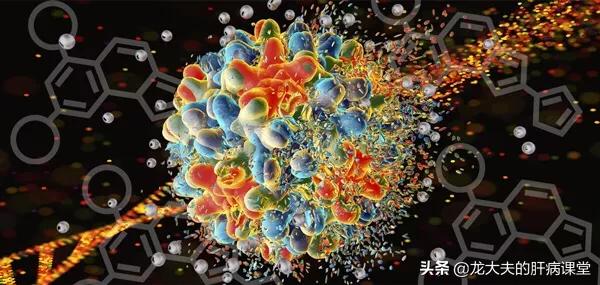
Window period for AIDS
The window period is the period after HIV infection when it cannot be detected by existing methods.The length of the window period is related to the method of testing.
During the window period, the HIV virus is still replicating and may still be active but undetectable. Therefore, people living with HIV during the window period are a very important group of people with a high risk of HIV transmission.
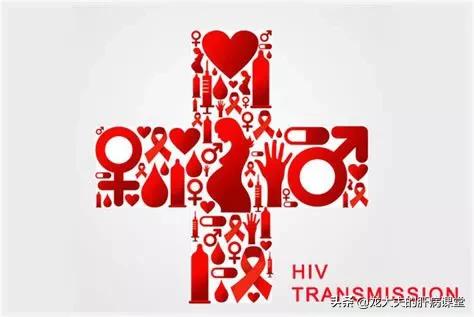
Dr. Long's Summary
After having high-risk (sexual) behavior, or wound contact with the blood and body fluids of an HIV-infected person, or a person suspected of being HIV-infected, usually within a timeframe of two to four weeks, there may be anonspecific retroviral syndrome centered on fever.There may also be enlarged lymph nodes.
At this time, it is best to go for further nucleic acid, antigen and antibody testing.During the window period of HIV infection, although antibodies may be undetectable or tests may be negative, they are equally contagious.
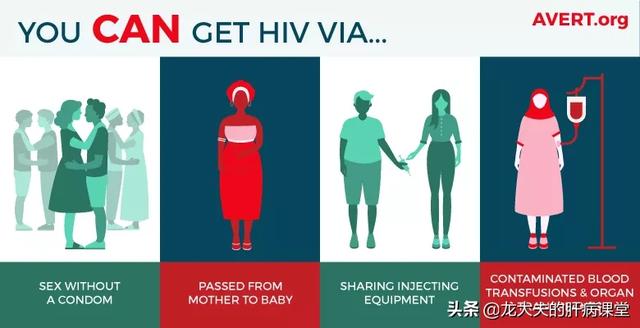
I'm Dr. Long who loves science, so follow me if you want to learn more about infection and liver disease!
Feel free to comment, like, and retweet!
Foreword: I wrote an article about AIDS for interested readers, here's the link to the headline: https://www.toutiao.com/i6762482730119725581/
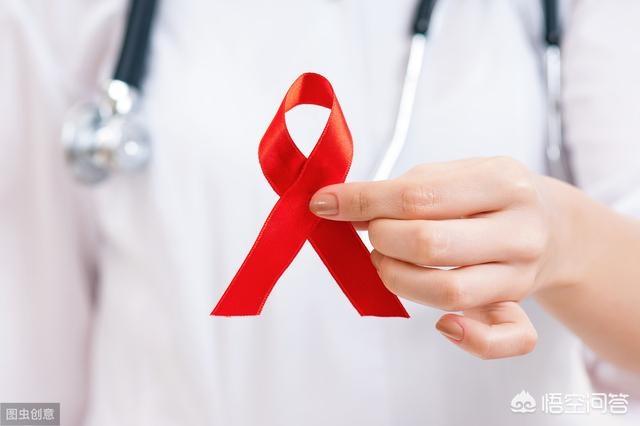
What are the premonitory signs of AIDS?
Pre-existing manifestations are categorized into these three symptoms:
Acute phase symptoms
Some people may also experience the first symptoms of HIV in men in the early stages of infection, with an incidence of about 50 percent. The main manifestations are fever, dizziness, weakness, sore throat, joint pain, skin rash, swelling of superficial lymph nodes all over the body and other symptoms similar to the "flu", and some people may also have diarrhea. This symptom usually lasts for 1-2 weeks and then disappears, after which the male HIV-infected patient will enter an asymptomatic incubation period.
Symptoms of the incubation period
Most people are asymptomatic during the incubation period, but a small percentage of adult men experience swollen lymph nodes and neurologic symptoms during the HIV incubation period. The main ones are dizziness, depression, memory loss, mobility and speech disorders, and acute aseptic meningitis, which manifests itself in the form of headaches, neurologic symptoms, and meningeal irritation. Enlarged lymph nodes are also a hallmark symptom of the incubation period and are found in a small number of adult men throughout the cycle of HIV infection.
Symptoms of terminal opportunistic infections
There may be marked fever, fatigue, night sweats, uncontrollable weight loss, persistent diarrhea, persistent fever for more than 3 months, and severe immunodeficiency. And the clinical manifestations of severe immunodeficiency. Such as delayed cellular immune response opportunistic infections and malignant tumors, can involve all systems and organs of the body, and often have a variety of pathogens causing infections and tumors coexist.
Is it easy to get infected during the window period?
The period between the entry of HIV into the human body and the production of a sufficient amount of HIV antibodies in the blood to be detected by a test is called the window period. In the window period can not detect HIV antibodies, but the body has HIV, can be detected by HIV nucleic acid test, so the window period of the infected person is also infectious. So in the window period when AIDS is contagious, and the contagion is often still relatively strong!
This question and answer are from the site users, does not represent the position of the site, such as infringement, please contact the administrator to delete.